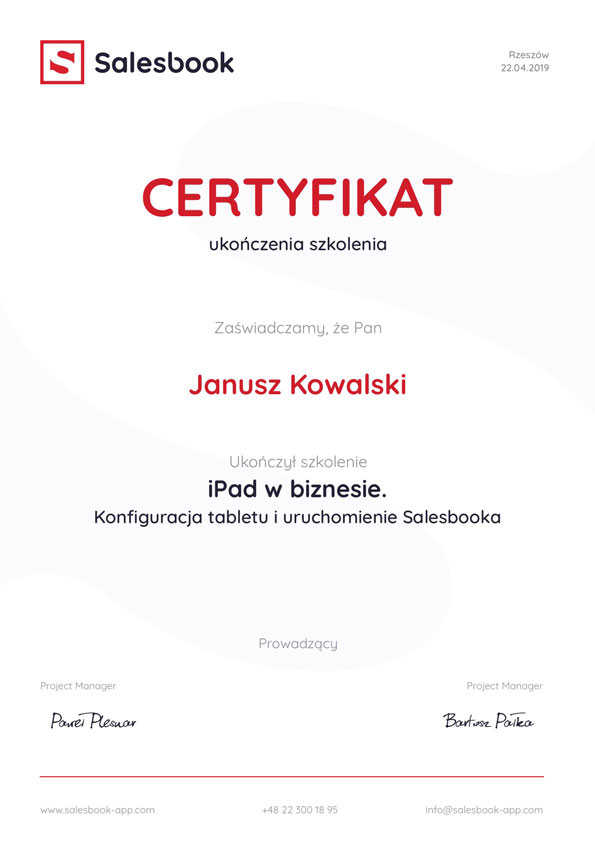

Sales

10 Jul 2023
People are the fuel of any organization. As a manager, do you know enough about to motivate so that you drive salespeople and encourage them to perform well? How do you rekindle the fire in your team? Learn about ways to motivate employees and apply them in your sales department.
Even the best leaders and most engaged employees sometimes feel the need for an external push to stay motivated. Off days at the workplace can occur, but when these periods become recurrent, it signals a need for the team leader to reassess their strategies. This is especially important when it comes to creating a company culture where employees feel motivated and satisfied with their jobs.
As shown by the “Employee Engagement Survey Report 2022 in Poland” conducted by Enpulse, there’s a significant gap in employee motivation. It reported that 12% of employees are disengaged in their work and 23% have stopped identifying with the company’s goals.
Additionally, 23% of the workforce doesn’t feel a strong connection to the company, and their engagement is moderate. In such instances, adjustments in the company culture and management approach could enhance job satisfaction and employee motivation.
It’s crucial for managers to be aware of the state of their team’s motivation before performance begins to drop. Therefore, understanding the nature of motivation and how to effectively utilize it is pivotal in achieving high-quality work from employees. Let’s explore this concept further.

The term ‘motivation’ is likely derived from the Latin word ‘movere,’ which means to move, influence, urge, and stimulate. Motivation encapsulates the psychological processes that encourage individuals to persistently pursue clear goals.
In business, motivating employees is fundamental for promoting loyalty and commitment to the company. An intrinsically motivated employee is not just a passive observer but an active contributor who continuously seeks to improve performance and company processes.
Maintaining this level of motivation requires managers to understand the basic needs and motivating factors of their individual team members.
Challenges such as lack of new ideas, inspiration, time, skills, or resources and burnout can impede a manager’s effectiveness in motivating their team. When faced with these issues, turning to psychology may provide valuable insights into motivating employees and fostering collaboration.
Generally, motivation is the result of psychological or physiological factors that inspire us to take action to achieve a desired outcome. Various psychological theories associate motivation with biology, habits, or the innate human need for arousal (stimulated by stress, fun, learning new skills).
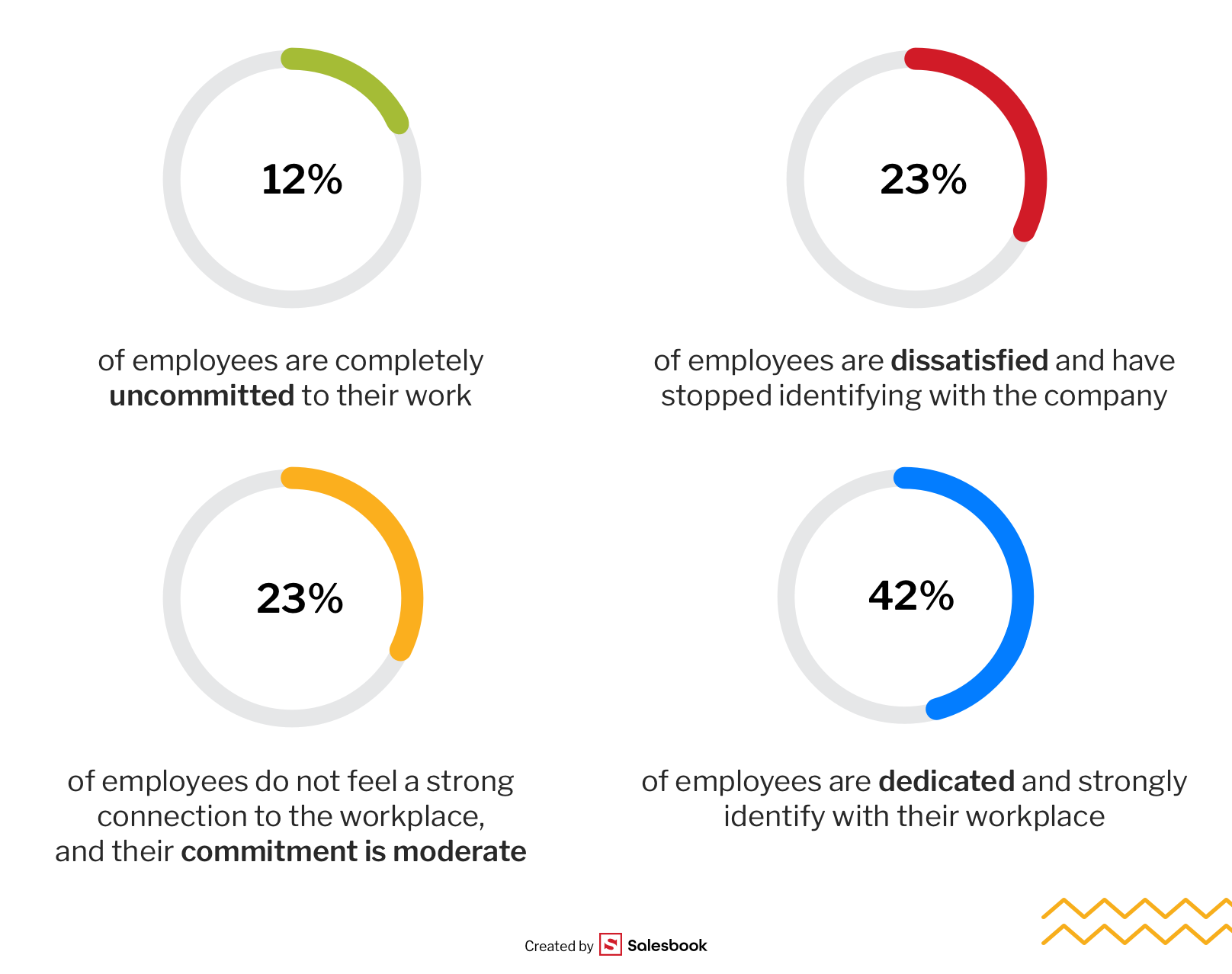
However, regardless of the theory, it’s our basic needs that primarily determine our level of motivation. Therefore, these needs must be taken into account when crafting strategies to motivate your team, whether it be through offering programs for professional development, setting clear career progression paths, rewarding creativity, offering pay raises, or providing more responsibility and flexible schedules.
In creating a supportive environment where employees feel valued, managers can encourage employees to produce high-quality work and contribute positively to the company’s success.
One of the best-known theories of motivation is Maslow’s pyramid of needs. It assumes that motivation stems from 5 basic needs. Maslow divided the pyramid into lower-order needs (physiological needs and a sense of security) and higher-order needs (belongingness, recognition, self-actualization).
According to Maslow, a person will take care of the higher needs only if he satisfies the lower ones. Today, we probably wouldn’t quite agree with this, looking at workaholics who pay for their health by performing their duties to excess.
Another interesting theory that sheds more light on motivating employees is the X and Y theory proposed by Douglas McGregor.
Theory X says that employees are motivated only by the desire to satisfy their most basic needs, but they don’t really like their work, nor do they have any intention of coming up with any initiatives.
Theory Y, on the other hand, assumes that employees are responsible and willing to take on new challenges. They are characterized by ambition and willingness to make independent decisions. Employees’ motivation in this case stems from the fact that they are left free to act.
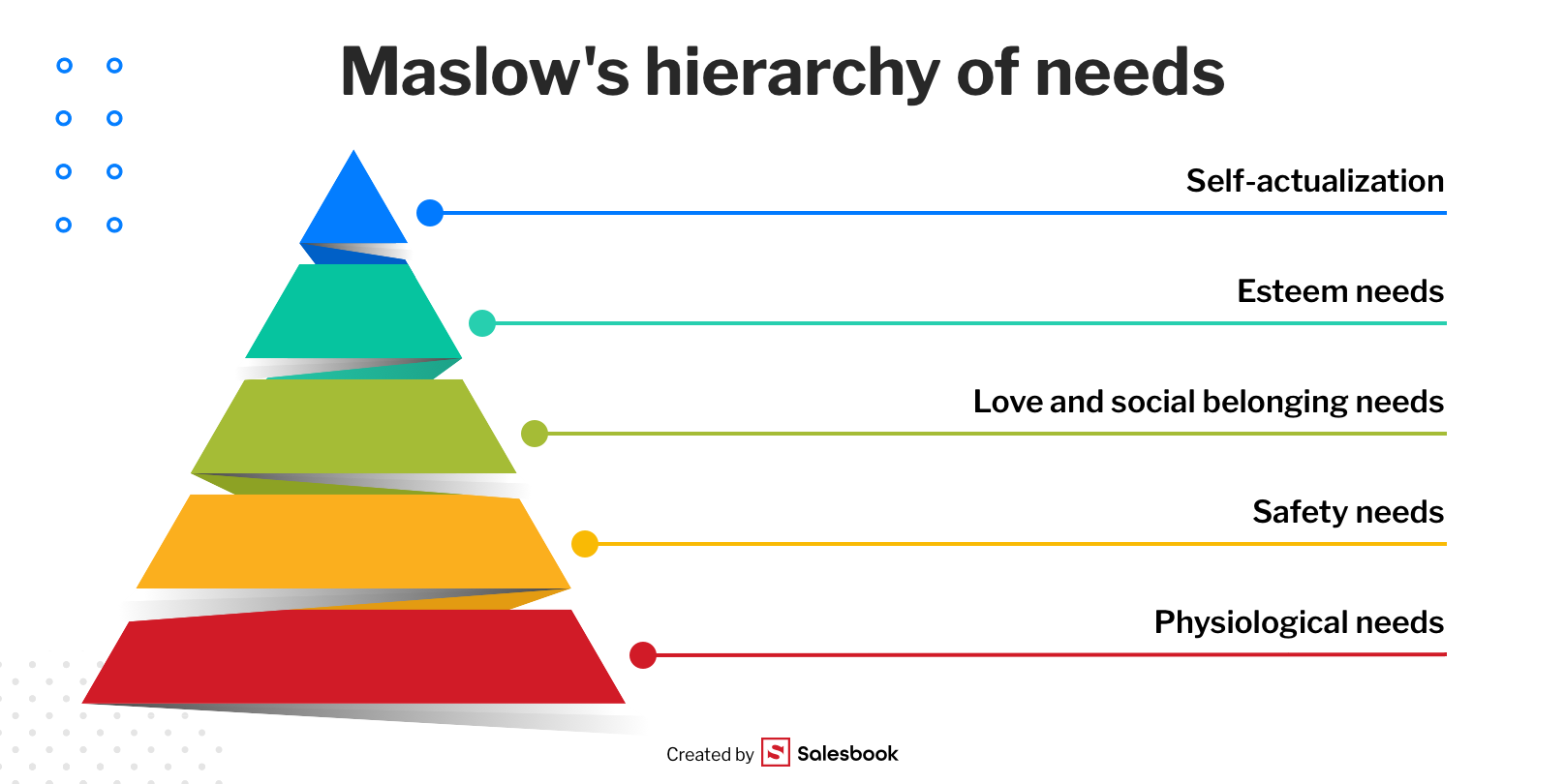
There are more psychological theories that talk about employee motivation. One of the more well-known is Federick Herzberg’s two-factor theory, also known as the theory of motivation and hygiene. The psychologist surveyed engineers and accountants in the 1950s and, based on this, identified two groups of motivational factors.
On the other hand, another well-known Harvard psychologist, McClelland, in the context of employee motivation, distinguished between the need for belonging (a sense of being liked), achievement (reaching goals) and power (associated with employees’ needs for certain possessions and social status).
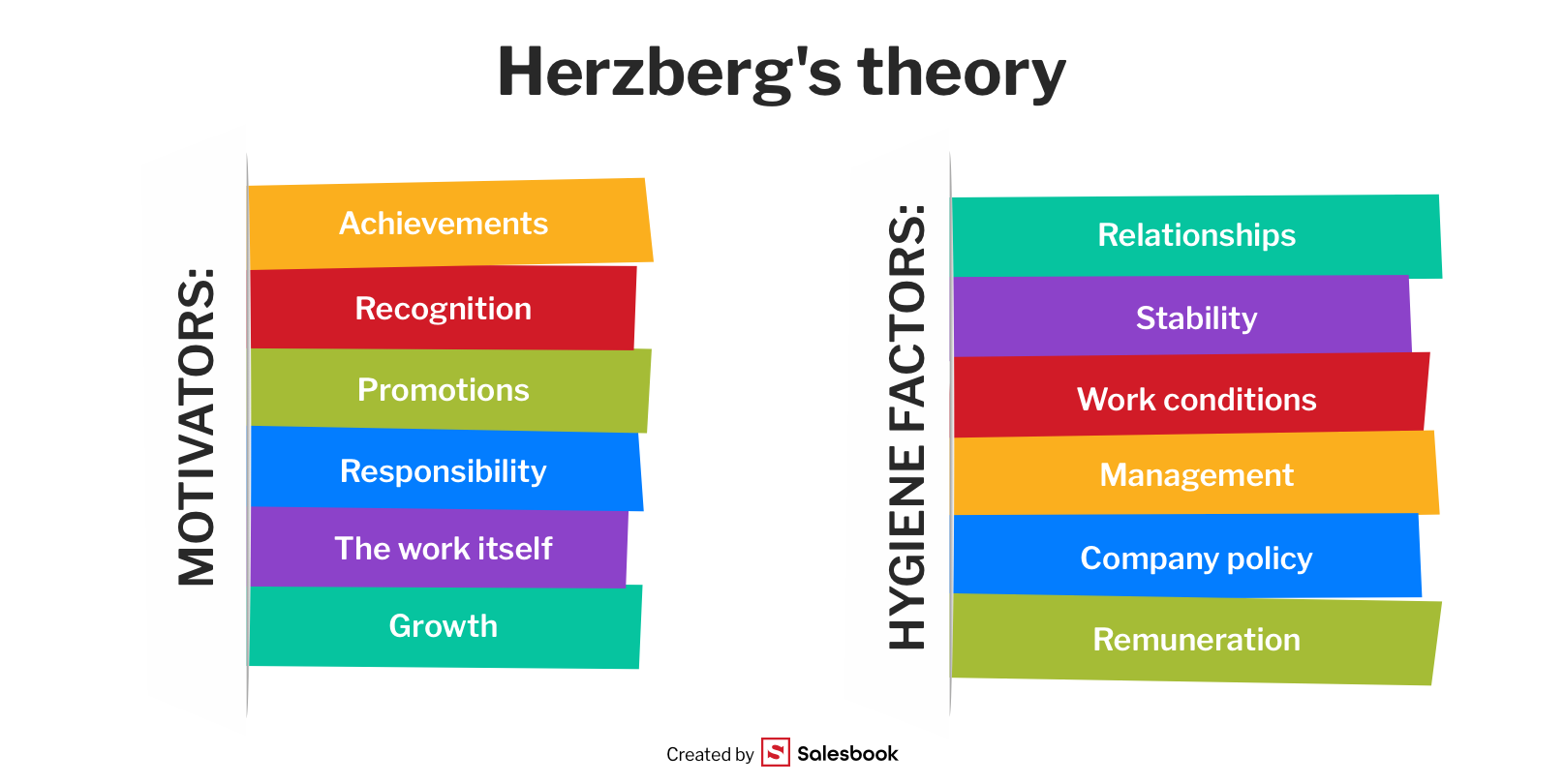
It is also said that there are two main types of motivation that companies use, these are intrinsic motivation and extrinsic motivation.
We talk about intrinsic motivation when an employee performs tasks because it is due to his own need, he likes what he is doing and the work simply makes him happy. Extrinsic motivation, on the other hand, involves the creation of a system of rewards and material benefits.
This type of motivation is divided into positive motivation of employees, which includes, for example, bonuses, awards, raises or promotions, and negative motivation of employees, i.e. cutting bonuses, demotion, no raises.
Nowadays, there is also a distinction between financial motivation (the aforementioned discretionary bonuses or financial rewards) and non-salary motivation (foreign language courses, training, team-building trips, discounts on company products or services, passes for fitness classes).
The results of the “Report on the Survey of Employee Engagement in Poland 2022” indicate that despite various measures taken by employers, employee motivation is declining.
“Year after year, the percentage of people motivated to give more of themselves than the scope of their duties determines. Only 50% of respondents answered positively. As a reminder, in 2020 it was 59%, and in 2021 it was 52%. This is a very dangerous trend for the development of companies,” – we can read in the report.

It’s obvious that the ways to motivate employees will vary depending on the industry, as well as the size of the company and its financial capabilities. A motivation system created for production employees will be slightly different from that for the sales department.
Similarly, it is useful to know what the needs of employees from Generation X, Y or Z are, and what can encourage them to work more effectively.
Regardless of the age of your subordinates and their range of duties, you can create an effective way to motivate them based on a few important principles, which you will find in the guide below.

When a team functions like a well-tuned engine, its members understand their roles, their motivating factors, and their strengths. They also feel an intrinsic motivation to work towards common clear goals. While maintaining competitive pay scales is essential, fostering a company culture where employees feel motivated involves more than just monetary rewards.
Employee motivation is heavily influenced by the position and leadership style of the team leader. The best leaders serve as both knowledgeable experts and authority figures, inspiring their teams to achieve more and fostering collaboration.
They’re responsible for setting realistic Key Performance Indicators (KPIs) and developing comprehensive strategies. They are also adept at offering programs for professional development, providing flexible schedules, and fostering an environment where creativity is rewarded.
When team members begin to lag behind, a good leader knows how to provide the necessary support to encourage employees to stay on track.
They understand the importance of showing appreciation for hard work and how to encourage new ideas. They make individual team members feel valued, promoting professional growth and career progression.
This balanced approach between extrinsic motivators, such as pay raises and more responsibility, and intrinsic motivators, such as the satisfaction of high-quality work and achieving career goals, is the key to keeping your team motivated and engaged.

In front of you are some points that will help you when motivating employees. Remember, however, that the process of motivation is not a one-time action, but a longer built and thought-out strategy.

In order to feel motivated, every employee needs proper and comfortable working conditions and modern tools. To a large extent, you can address these needs of salespeople by equipping them with Salesbook, a complete platform that supports both managers and salespeople.
Salesbook answers a great many of the issues regarding employee motivation that we have addressed in the article. You can find more details on this topic later in the article.

First of all, Salesbook is a cloud-based CRM system that supports and organizes the work of salespeople in many fields. It is a virtual assistant whose role is worth appreciating, even more so if you care about the comfort of your salespeople’s work.
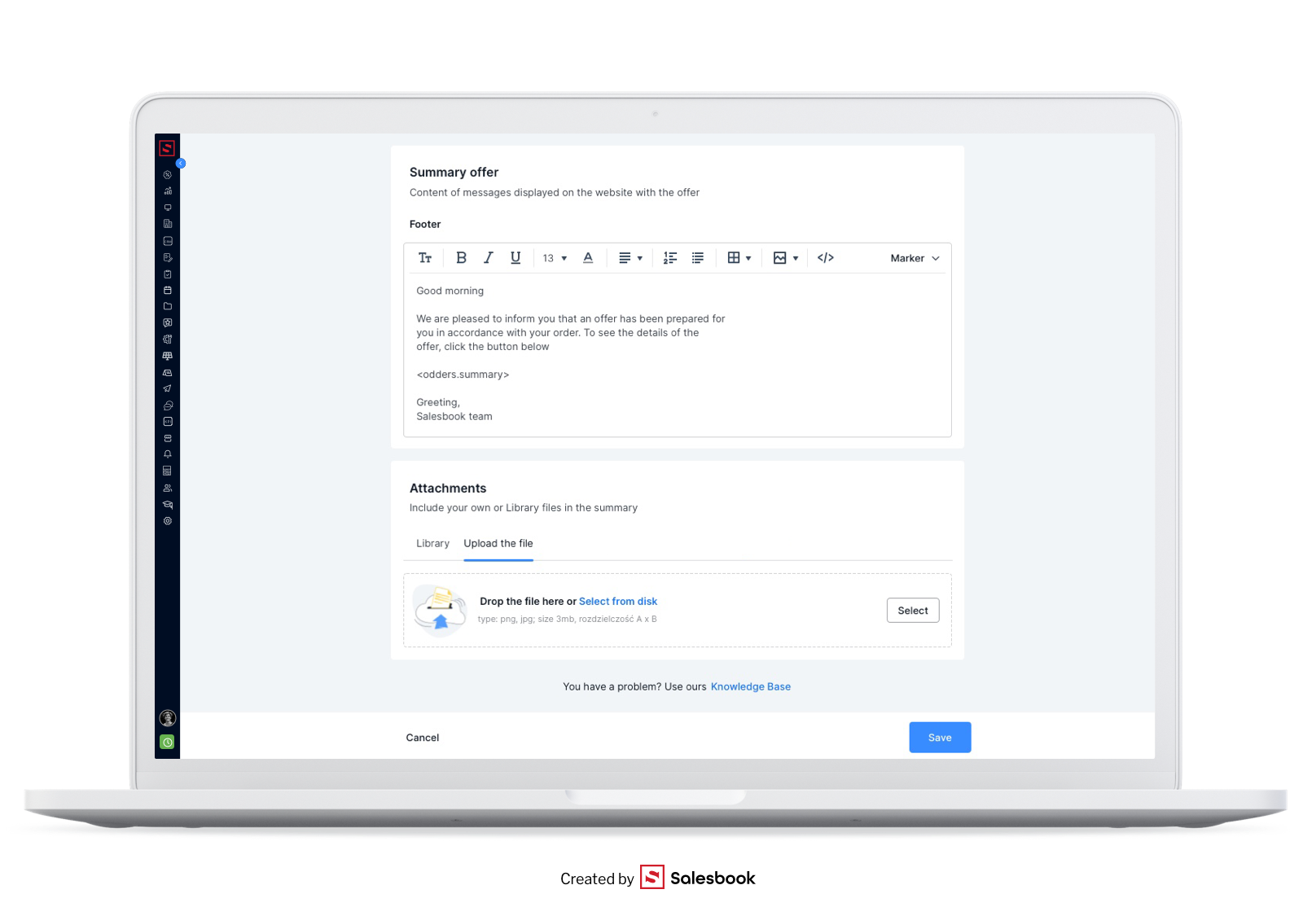
Monotony is probably a torment for every employee. So it’s worth using thoughtful tools to keep repetitive and tedious activities in the sales department to a minimum.
Salesbook allows you to:

Since the data entered by a salesperson into the app, immediately goes into the system, as a manager you always have access to complete information. What’s more, Salesbook collects and analyzes both qualitative and quantitative data, so when you reach for reports, you get a full picture of how an employee is performing.
This way, as a manager, you can be sure that the feedback you give a salesperson is reliable, and you will be seen as a credible boss.
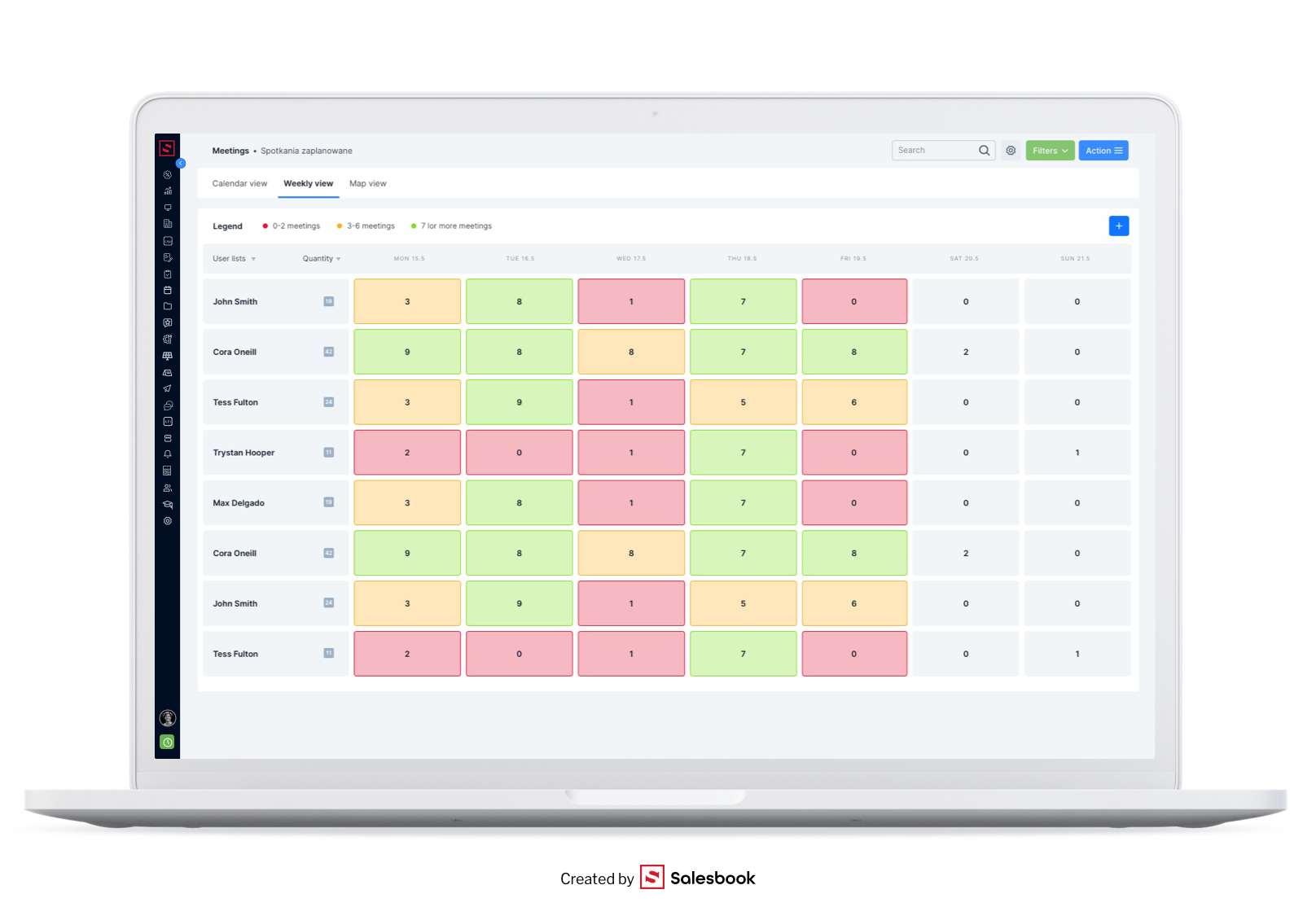
If you are wondering how to motivate a sales associate, keep in mind that this will be a long-term process that requires good planning. Salesbook will not take over this role for you and will not replace the leader, but it is a tool that can assist you in much of it.
Sign up for a free demo to see how Salesbook can support your salespeople’s daily work.

Any questions? Feel free to contact us.
+44 203 807 0179
Our Customer Success Team is available from Mon. to Fri. 9am - 5pm CET.
We support inquiries, processes of configuration and use of Salesbook app, as well as billing and technical issues.
